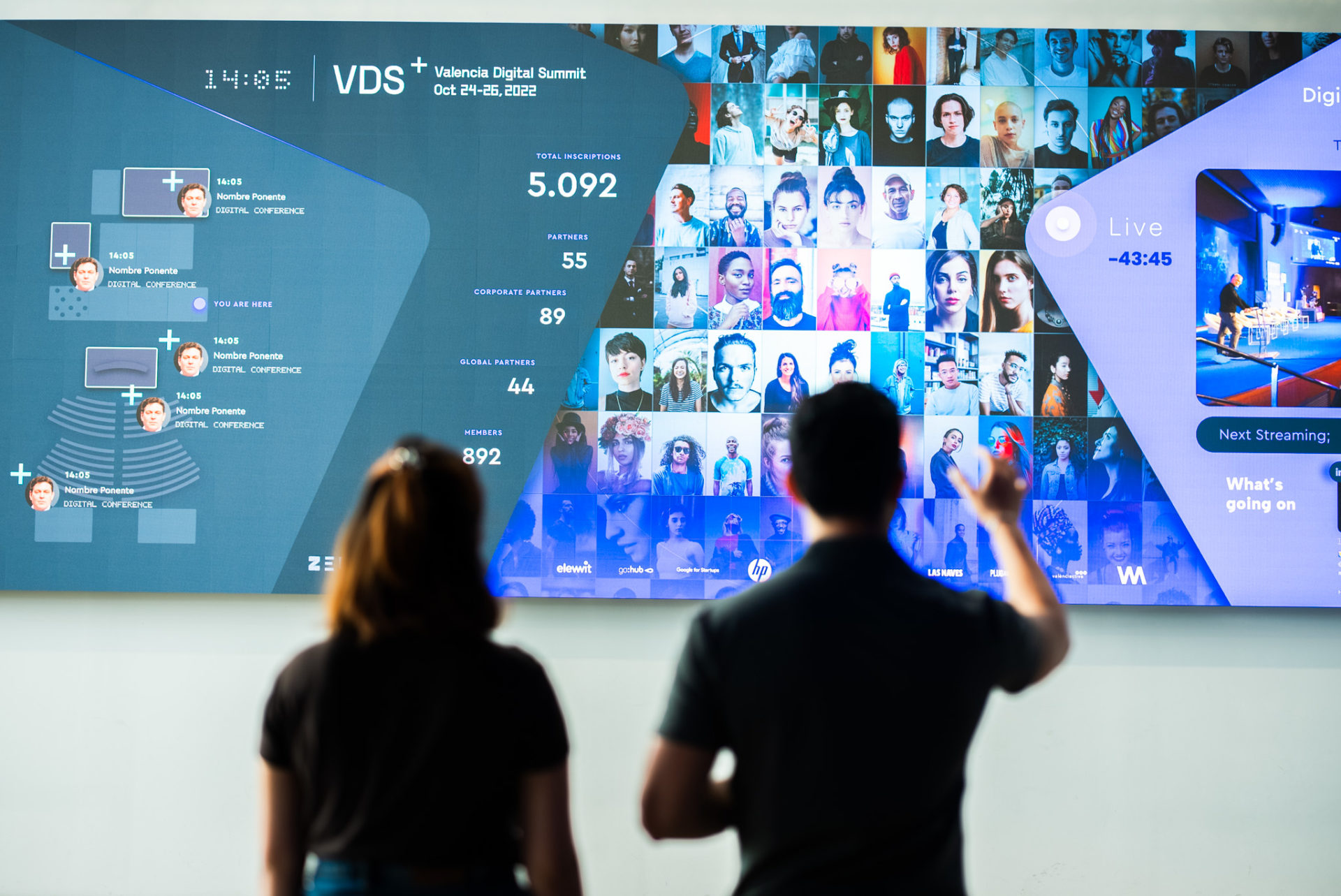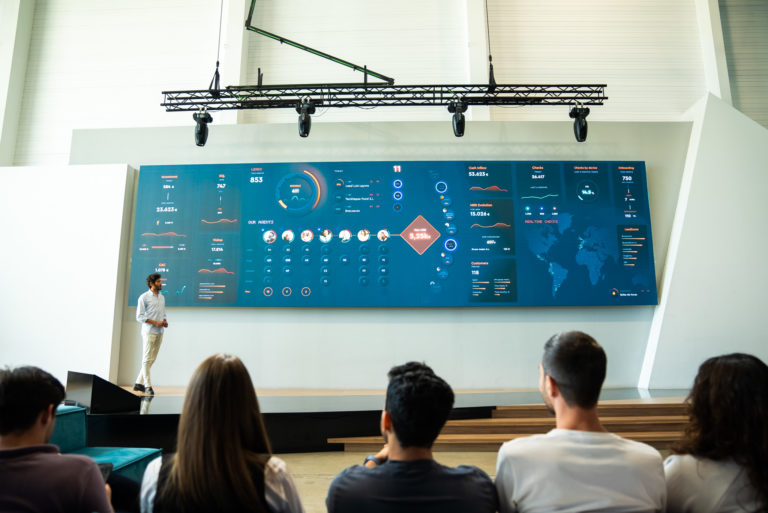How does generative AI help in data visualization?

Generative AI has become a true technological phenomenon that is reshaping the way we interact with information and make strategic decisions. In the digital age in which we live, data visualization has been crucial for understanding and communicating large amounts of data at a glance. However, with the explosion of data in recent years, visualization has become increasingly challenging.
It is in this context where generative AI takes center stage and becomes a tool that has been developing skills for new applications in the field of data analysis.
Dynamic and customized visualizations
One of the greatest advantages of generative AI applied to data visualization is the ability to create interactive graphs and dashboards that are updated in real time. These dashboards are not static, but allow the user to interact with the information, exploring new scenarios and obtaining deeper insights in an intuitive way:
1. Customized dashboards
AI can analyze the usage patterns and preferences of each user to display the most relevant information in a prioritized manner. In this way, decision making can be optimized.
Imagine a sales team using a personalized dashboard. The AI prioritizes monthly sales KPIs, progress towards quarterly targets and the most promising leads.

2. Adaptative graphics
This type of graphs can automatically adapt to changes in the data, which means that if a kpi experiences a significant variation, the graph responds and suggests possible actions to correct.
Suppose an ecommerce uses these graphs to monitor web traffic and conversions. In the event that the AI detects an unexpected increase in traffic from some source, it can highlight the increase on the graph and suggest that the associated ad campaign be analyzed. In this way, the marketing team can react quickly, either to investigate the source of the traffic or to adjust the campaign.
Evaluation of Opinions and Emotions
Many times, we cannot base the creation of a marketing campaign solely on the number of interactions a post has. Using advanced natural language processing algorithms, AI allows us to measure the sentiments of those interactions and categorize them as good, bad or neutral.
This type of analysis allows companies to better understand how the public feels so they can adjust their strategies in real time, improving the effectiveness of their marketing campaigns. AI not only provides data, but also transforms it into quality information, directly influencing the reliability of the results obtained.

Future challenges: the challenges of AI
Despite the benefits of AI, we must address some of the challenges posed by its application for the future. Undoubtedly, the most dangerous of all are biases, as AI can perpetuate or even exacerbate certain existing biases in training data. This is why, if decisions are made based on this data, the conclusions drawn will generate more biased data, thus creating a methodology based on the perpetuation of stereotypes.
Consider a company that uses AI to improve its hiring process. If this technology is trained on the company’s historical data, which reflects past hiring decisions, it is possible that the AI could learn and apply the company’s biases in each of its departments, which would perpetuate certain biases related to discrimination based on gender or ethnicity.
On the other hand, in an environment where AI collects and analyzes large volumes of data, there are certain risks in terms of privacy and security. Cyber-attacks can target AI databases and systems, potentially causing a security breach and exposing thousands of sensitive data of customers or employees of the company itself. This is why strict access control policies and advanced encryption techniques are necessary to protect the identity of individuals in data sets.
A brighter future: the role of AI
In conclusion, generative AI is a key tool to address data visualization. Thanks to it, many companies have been able to significantly improve their performance, ensuring sound decision making. However, it is necessary to adopt certain strategies that allow us to continue to have the confidence of users and continue to make this tool one of the most important in the business world.



